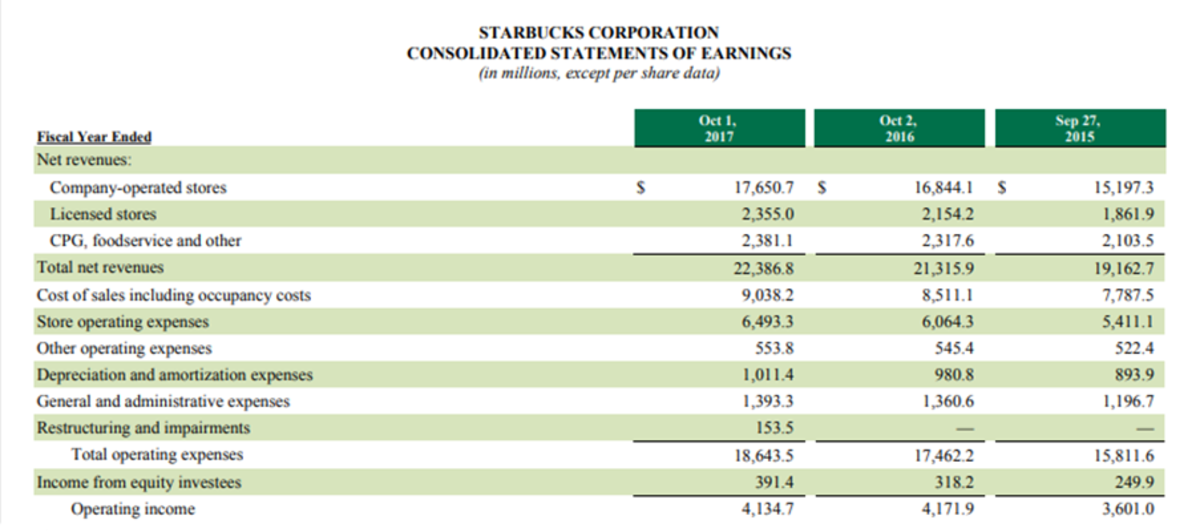Not figured out by the market rate of interest, is chosen by the central banks. Can not be utilized in figuring out present worth. Can be utilized in determining today worth of the future cash circulations. Based upon the Market and focusing on the Lender's viewpoint Concentrating on the Investor's point of View Impacted by Demand and supply in supply in the economy. Not Impacted by Need and supply in supply in the economy. After analyzing the above info, we can state that Discount Rate vs Interest Rate are two different ideas. A discount rate is a wider idea of Financing which is having multi-definitions and multi-usage.
In many cases, you need to pay to borrow cash then it is a direct financial expense. In other cases, when you invest cash in a financial investment, and the invested cash can not be made use of in anything else, then there is an opportunity expense. Discount Rate Rates vs Interest rates both are associated to the cost of money however in a various way. If you have an interest in Finance and want to work in the Financial Sector in the future, then you need to understand the distinction between Interest rates and Discount rate. This has actually a been a guide to the top distinction between Discount Rate vs Interest Rate.


In financing, the discount rate has two important meanings. Initially, a discount rate is a part of the calculation of present worth when doing a reduced capital analysis, and second, the discount rate is the rates of interest the Federal Reserve charges on loans View website provided to banks through the Fed's discount rate window loan procedure - Which of the following can be described as involving direct finance. The very first definition of the discount rate is a vital component of the affordable cash circulation computation, an equation that determines just how much a series of future capital is worth as a single lump sum worth today. For investors, this calculation can be an effective tool for valuing services or other financial investments with foreseeable revenues and capital.
The business is steady, consistent, and predictable. This business, similar to many blue chip stocks, is a prime candidate for a discounted capital analysis. If we can forecast the business's profits out into the future, we can use the reduced money circulation to estimate what that company's valuation need to be https://zenwriting.net/ryalaseuis/they-saw-the-loaning-by-the-product-credit-corporation-and-the-electric-home today. How to owner finance a home. Sadly, this process is not as easy as simply accumulating the capital numbers and concerning a value. That's where the discount rate enters into the photo. Money circulation tomorrow is not worth as much as it is today. florida timeshare cancellation letter We can thank inflation for that truth.
Second, there's unpredictability in any projection of the future. We just do not understand what will happen, including an unexpected decline in a business's profits. Cash today has no such uncertainty; it is what it is. Due to the fact that money circulation in the future carries a threat that cash today does not, we need to mark down future capital to compensate us for the risk we take in waiting to receive it. These 2 factors-- the time value of money and unpredictability risk-- combine to form the theoretical basis for the discount rate. A higher discount rate indicates higher unpredictability, the lower the present value of our future capital.